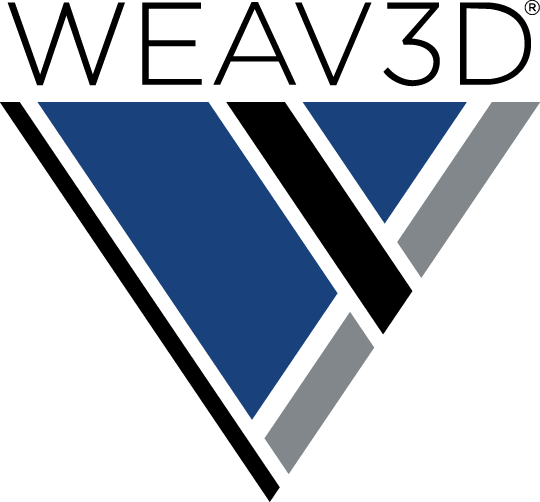In addition to lightweighting structural components, the use of WEAV3D lattice reinforcements with natural fiber composites offers sustainability and recyclability advantages.
We can engineer WEAV3D reinforced composites to be thinner and weigh less than traditional injection or compression molded plastic composites in order to meet a given level of structural performance. We can amplify this intrinsic sustainability advantage from lightweighting by pairing the WEAV3D technology with natural fiber material systems, which have emerged as a lightweight, durable alternative to talc and short glass reinforced plastics. Despite their environmental benefits, these natural fiber-based materials often lack sufficient structural performance on their own, requiring the use of secondary support structures that drive up weight and costs.
WEAV3D woven composite lattices overcome these challenges and have been shown to enhance the stiffness and strength of natural fiber materials — including nonwoven natural fiber polypropylene (NFPP) mats. WEAV3D lattices allow NFPP to be used in a wider range of structural applications. Some of these natural fiber materials systems additionally lend themselves to recycling in ways that conventional composites do not.
To learn more about the sustainability benefits of WEAV3D composite technology, download our white paper.

